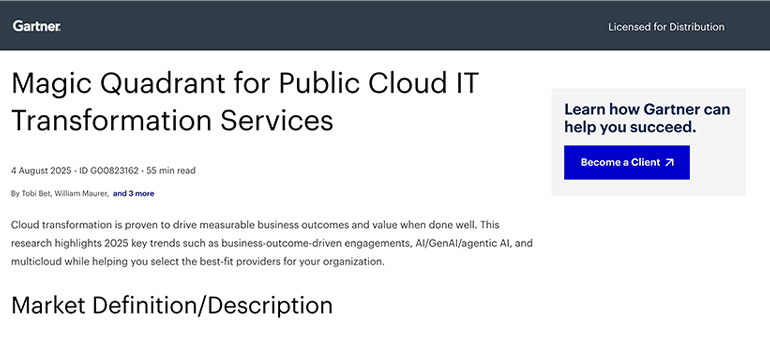Article Mobility and Cloud can augment 20,000 new Police Officers

By Insight UK / 2 Dec 2019 / Topics: Cloud
Earlier this summer, new Prime Minister Boris Johnson announced plans to hire 20,000 new police officers over the next three years.
It will be the largest recruitment drive in England and Wales for several years. The first wave will see 6,000 new officers shared across 43 forces, with the remaining 14,000 set to follow after. The government has confirmed that all appointments will be in addition to those designed to fill existing vacancies.
Critics have pointed out that this hiring spree will simply offset the number of officers lost as a result of budget cuts over the past decade. Home Office statistics show there are now 20,000 fewer officers than there were on the streets in 2010, with the total number now 125,000 – the lowest recorded level since the late 1980s.
Recruitment drives are always welcome, but advances in technology made in the intervening years means police officers can be even more effective than they were in 2010.
Cloud and Mobile Policing
The most notable of these technology developments are in cloud and mobility, areas which have improved significantly in usability and security. When used effectively, these technologies enable officers to be more effective in the field and increase the efficiency of our police force – improving public safety.
Several forces have equipped staff with smartphones and tablets, allowing for the collection and access of information using applications. Evidence, such as images and witness statements, can be processed at the point of collection, allowing officers to spend more time out on the beat than in the office.
As part of the national ‘Vision 2025’ policing strategy, a framework for the adoption of productivity services like Microsoft Office 365 has been established. Office 365 aids collaboration between officers and forces, and allows assets to be accessed and shared between forces.
Not only does the cloud aid cross-force intelligence sharing, it eliminates the need to physically travel to another force. It also reduces the risk of sensitive data being lost on a USB stick.
New Technologies
Technology also changes how officers interact with victims, especially on less urgent cases. For example, a person could report a theft online and be automatically issued with a case number and online account to upload evidence images. An officer can pick up the case later and contact the victim via Skype to record a statement.
In the future it has been speculated that crimes could even be reported via a smart speaker like Alexa.
Other devices that are having an impact are body cameras and mobile fingerprint scanners. The Metropolitan Police Service (MPS) has been trialling scanners so officers can identify individuals on the street rather than having to return to the station. This saves time that could be better spent keeping the public safe. In the future body cameras could also be used to record witness statements.
The arrival of the multi-billion-pound Emergency Services Network (ESN) will increase the variety of data services available to police forces and other emergency services.
Although the implementation of ESN has been subject to delays, it will be a significant upgrade over the current Airwave radio system, which can only carry voice traffic.
Police forces will be able to use 4G-based rich communication services that will improve public safety and drive cost-saving efficiencies that allow budgets to be invested elsewhere. When deployment is complete, more than 330,000 users will rely on the ESN.
Easing Cloud Security Concerns
The cloud is the platform that powers many of these innovations, but there have been understandable concerns about the security and privacy of citizen data – especially in sensitive cases.
However, the cloud can be more secure than on-premise architecture. Major public cloud vendors like Microsoft Azure spend billions on cybersecurity measures, while updates and patches are applied automatically. This means organisations are protected immediately and there is a reduced risk of misconfiguration,
Police forces can ensure that information is stored on UK-based data centres, boosting compliance, certifying they comply with data protection regulations. Additionally, Microsoft has data centres which are approved by the UK’s National Police Information Risk Management Team and have been signed off by the Home Office to ‘Level 3’, which allows for the storage of sensitive information. The Met also trusts Box’s platform enough to store its CCTV images.
Meanwhile, cloud-based applications like Office 365 have additional device security protections that guard against lost or stolen devices and audit logs that govern the flow of information. This gives police forces greater visibility and defends against misuse.
The Intelligent Future
Although the primary driver for the adoption of cloud technologies is greater efficiency, storing data remotely will enable smarter, more automated policing. For example, machine learning-based image recognition can analyse thousands of pictures every minute in the search for clues. This process would otherwise be a laborious and perhaps an impossible task.
Artificial Intelligence (AI) will also be able to analyse police data to predict which crimes are likely in certain locations, at certain times, during certain conditions. For example, it might be there are greater instances of public disorder in town centres after football matches when the weather is good. More officers can be deployed during these periods, allowing resources to be maximised.
Greater numbers of officers on our streets is great news for police forces starved of resources and a cause for greater assurance among the public. Technology can play a critical role in augmenting this increased manpower.
Having a partner can help with the transition to the cloud-based mobile future. Insight has worked as a support partner for police forces to meet the National Police Technology Committee (NPTC) criteria in the adoption of Microsoft Azure. Insight has also partnered with the Police ICT Company to help forces take advantage of the latest innovations such as Office 365.



